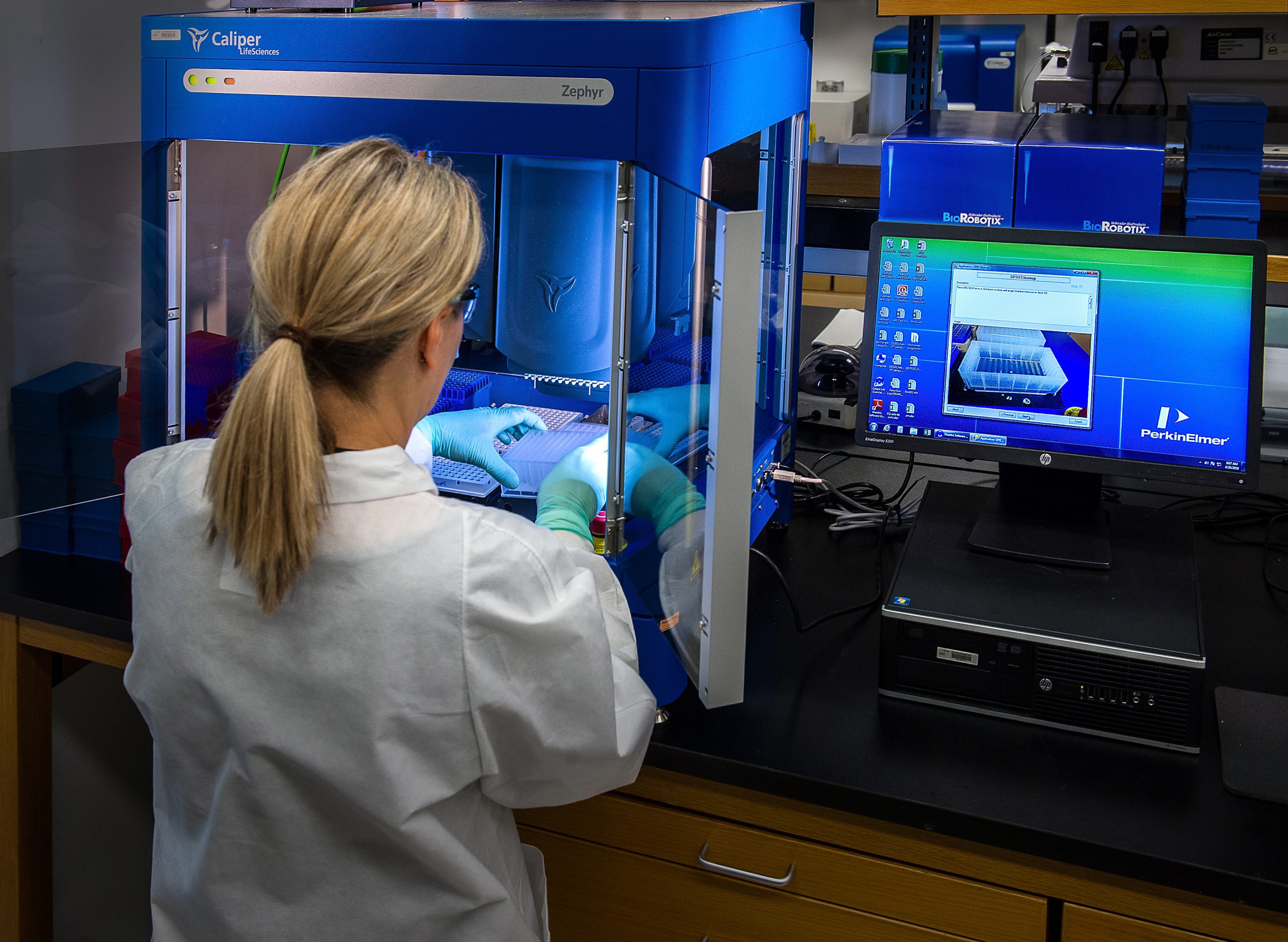2020 was definitely a turbulent year for the global healthcare industry due to the COVID-19 pandemic. Fortunately, there have been recent developments for mass vaccinations, and many medical professionals are anticipating the best for next year.
Additionally, there are technological innovations that you, as a medical practitioner, may look forward to. This is especially true as better healthcare continues to be the priority of many government systems, businesses, and other major stakeholders. But what exact technology trends should you expect?
This article will discuss three trends that you can expect in 2021. Take this as an opportunity to be hopeful for the future as the medical practice is constantly improving.
-
Telemedicine technology
Many patients and clinics are currently well-oriented about teleconsultations and other telemedicine solutions, such as video conferencing and cloud-based medication management. They help ensure every individual is healthy and protected against the virus. That’s because of the raised concern to bolster public health systems due to the pandemic and many households investing in ways to boost their immunity against viral infections.
Even if countries are currently doing mass vaccination drives to develop herd immunity, not all communities may get the shots they need due to the high demand and varying government arrangements with pharmaceutical companies. That’s why you can expect more patients and doctors to use telemedicine technologies. You may also see more mobile applications dedicated to certain healthcare providers. Only time will tell if telemedicine will be the preferred option among different communities.
-
Robot-assisted cleaning for hospitals
Many hospitals are often struggling to keep their custodial staff from catching COVID-19 due to its high infectivity rate and continual mutation into a more infectious virus. That’s why healthcare providers are looking for innovative ways to meet cleanliness requirements in every hospital room. Luckily, the robot industry may lend a hand as more smart cleaning units are developed.
Many medical facilities, especially those with high-risk patients in separate wards, have deployed robots with germ-killing UV light, enabling you to mitigate spread. That way, you can keep your hospital janitors and other vulnerable individuals safe. As an added measure, medical institutions utilize thermal detection cameras and RFID technology to manage all visitors and staff, maintaining protection and spreading reduction against COVID-19.
-
Artificial intelligence (AI) systems for medical data processing
AI has already been utilized in different sectors to manage large data sets. That means it was only a matter of time that the healthcare industry invested in it. And it just so happens that there’s the perfect opportunity to use AI: the COVID-19 pandemic and monitoring vaccination data. As such, you can expect to see more healthcare professionals use data analytics and other related AI technologies to make accurate projections and comprehensive reports for effective public health management.
Conclusion
The technological field in medical practice continues to break boundaries, enabling many healthcare practitioners like you to be more equipped with different patients and their needs. Now, you have a better understanding of what to expect and must ensure to stay up-to-date with the latest trends to help you adapt easily to the so-called “new normal.” Remember all the previously mentioned trends and prepare for a new year filled with opportunities to innovate!
Are you looking for a premier source for the latest healthcare news? Log on to the Dose of Healthcare. We can help you become a more informed medical practitioner. Stay in-the-know with us and deepen your understanding of public health and other relevant fields!


















